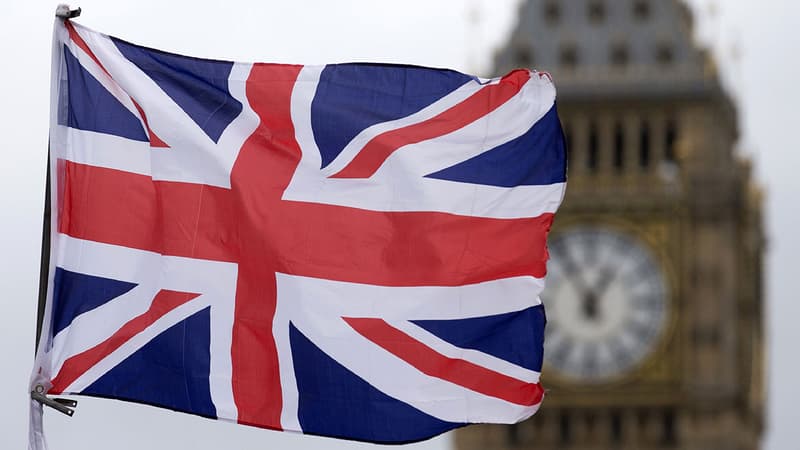The Bank of England (BoE) raised rates on Thursday for the 12th consecutive meeting, up to a maximum at the start of the financial crisis of October 2008 and, taking advantage of the resilience of the economy to continue its fight against inflation.
“The (Monetary Policy) Committee voted in favor of raising the bank rate by 0.25 percentage points to 4.5%,” the Bank said in the minutes of its meeting.
Not surprising the markets, the BoE is following in the footsteps of the US Federal Reserve and the European Central Bank, which both opted for similar hikes the week before.
Major central banks are trying to counter inflation, which is persisting well beyond their 2% target, without stifling economies that are beginning to falter.
The UK is the only G7 country where it is still above 10%, despite the longest streak of consecutive hikes in the central bank’s history.
expected effect
The Bank forecasts a visible drop in inflation based on the April figures. In the United Kingdom, gas and electricity prices had skyrocketed in April 2022, a few months after the start of the war in Ukraine, causing a rise in inflation that will disappear from the annual comparison.
In addition, “given the time it has taken for monetary policy to affect the economy, rate hikes since December 2021 should have a more marked effect in the coming quarters,” judges the BoE.
Nearly 1.3 million households that have borrowed to buy will see the rates of these loans revised upwards at the end of the year, the Bank estimates, for example, in its monetary policy report.
BoE economists estimate that the government’s promise to halve inflation before the end of the year will be kept. But they raised their projections for these indicators, particularly due to higher-than-expected food prices.
According to them, inflation should end at 5% in 2023, before falling to 2.25% in 2024 and then to 1% in 2025. Some analysts believe that the BoE will still have to raise rates for it to double: for from Goldman Sachs, will rise to 5%.
slow growth
For now, the British economy is holding up better than projected by the central bank, which had gone as far as forecasting a recession that would last a record five quarters. The BoE now judges that the UK will avoid recession and that the economy will not contract in any quarter in 2023 or 2024.
A revision for lower-than-expected energy bills, and that still leaves growth at a historically low level. Based on the Bank’s updated forecast, UK GDP is expected to grow by 0.25% in 2023 and 0.75% in 2024.
Concerns, centered on the UK at the end of 2022 with Britain’s skyrocketing debt rate during short-lived Prime Minister Liz Truss’s disastrous “mini-budget” episode, have once again crossed the Atlantic. The uncertainty that weighs on the banking sector, after the bankruptcy of Silicon Valley Bank of California and the takeover of Credit Suisse by UBS at a bargain price, saved British establishments.
The BoE judges that the turmoil in the banking sector will have a “moderate” effect on the British economy, less than the quarter point of growth that should cost US GDP.
For Anna Leach, an economist with the CBI employers’ organization, the BoE’s “monetary policy committee” was “prompted to raise rates further by stubbornly high inflation, continued strength in wage increases and better activity, as long as that”.
She believes the future direction of rates remains “uncertain”, between episodes of US banking turmoil and financial stability risks, or the possibility that inflation and wages in particular will remain high.
“Rates may have peaked, but the risks of one or two more hikes remain significant,” added Paul Dales of Capital Economics.
Source: BFM TV


